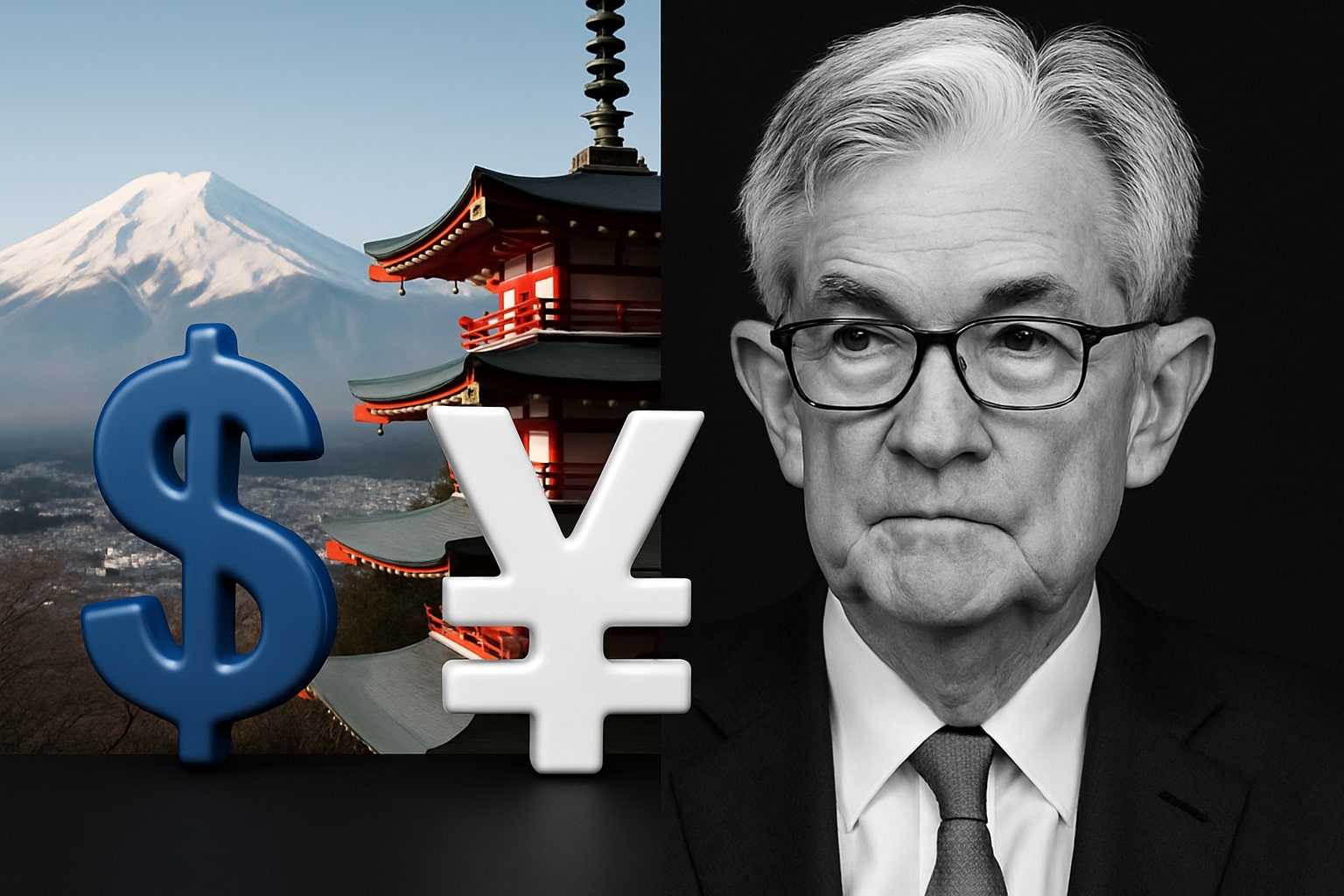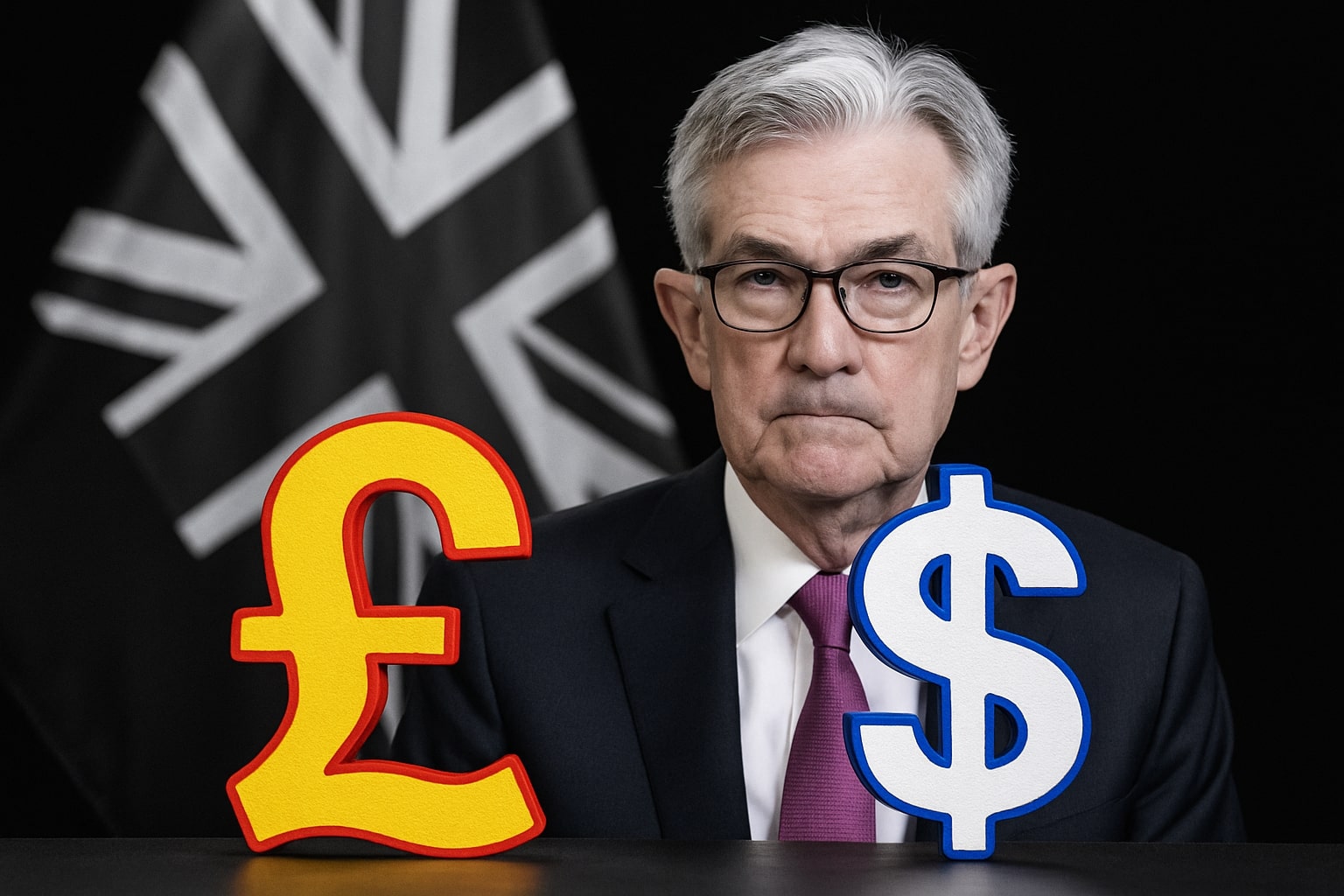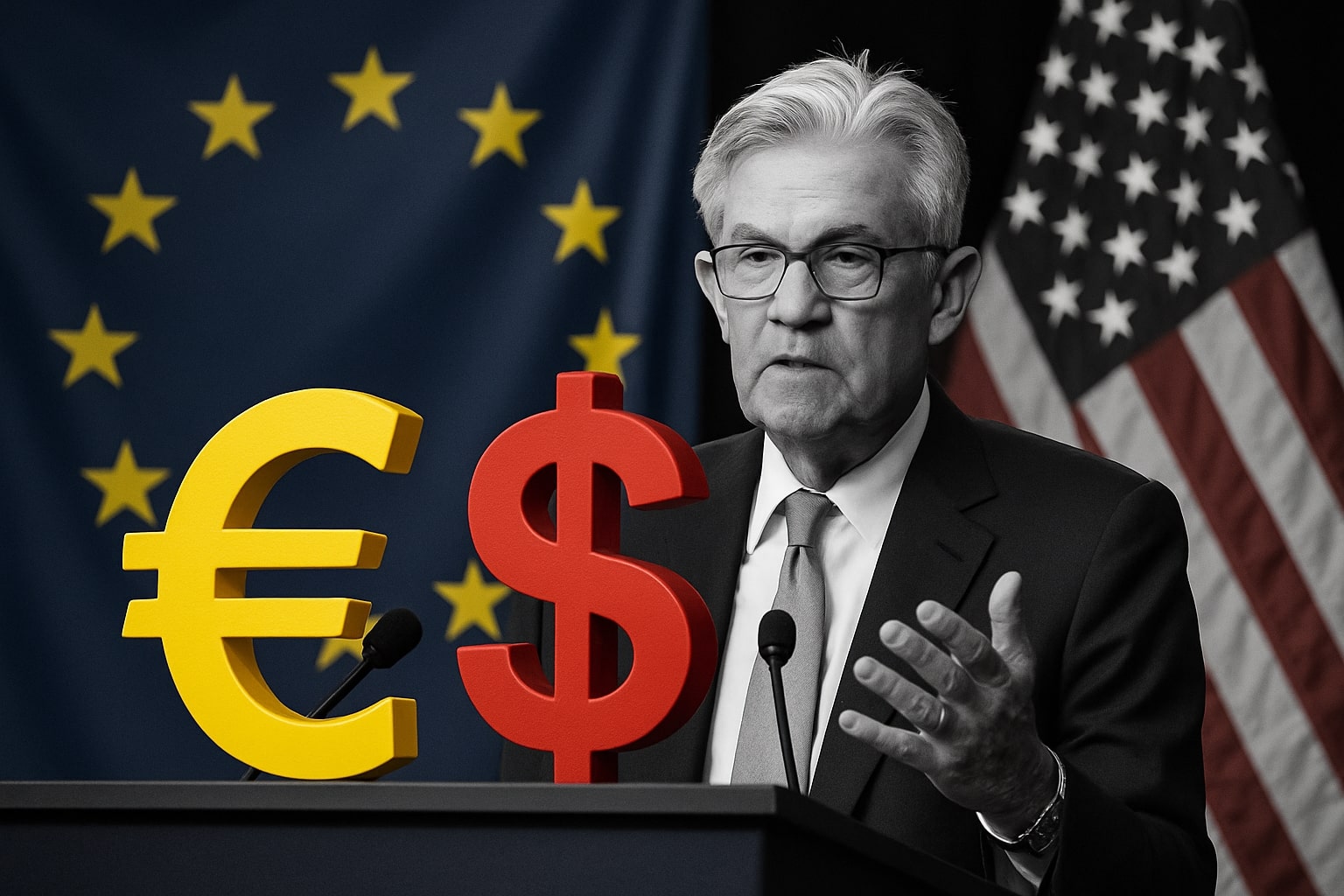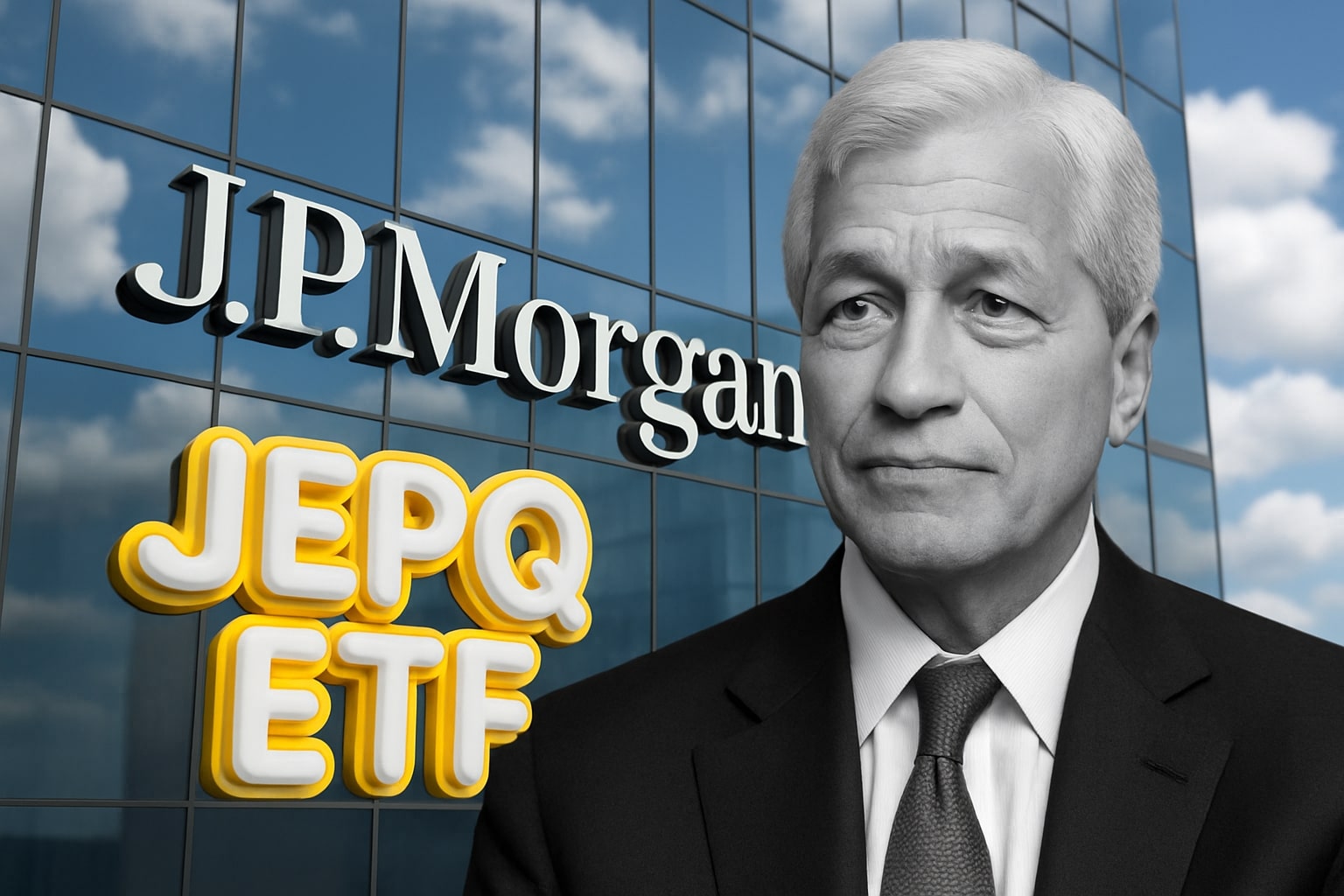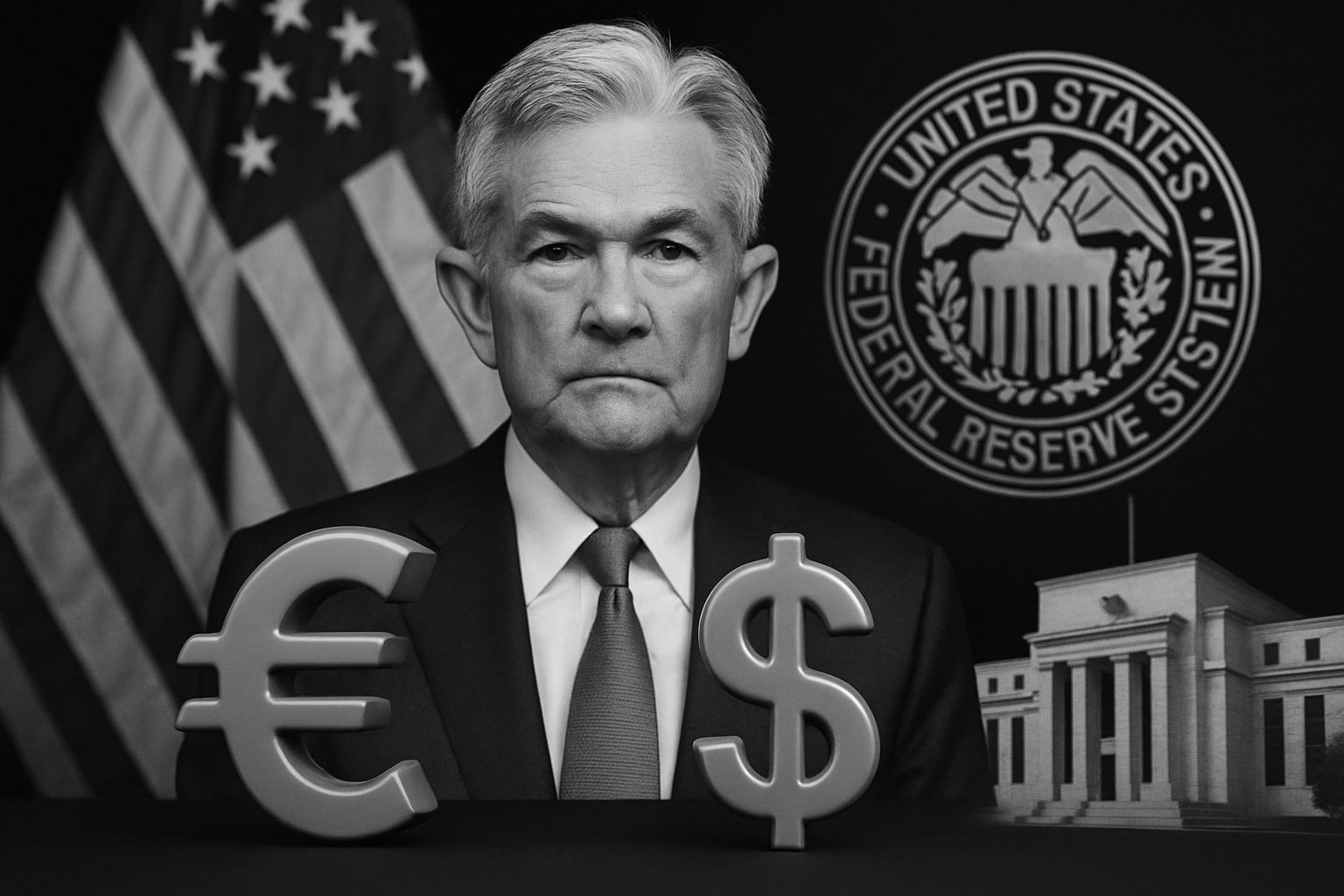
EUR/USD Price Forecast - Euro to Dollar Holds 1.1380 Ahead of CPI: Euro Defends Support as Fed Uncertainty Looms
Euro steadies above its 50-day SMA at 1.1283 with traders watching for a breakout toward 1.1570 if U.S. inflation data softens and Fed maintains its wait-and-see stance | That's TradingNEWS
EUR/USD (Euro–U.S. Dollar) Struggles for Direction as CPI and Fed Expectations Drive Volatility
The EUR/USD pair traded near 1.1380 late in the week, hovering above the monthly low of 1.1347, with traders balancing between resilient U.S. inflation expectations and Europe’s slowing growth signals. The pair continues to respect the positive slope of its 50-day moving average at 1.1283, but momentum remains muted as market participants await the next set of macroeconomic triggers from the U.S. Consumer Price Index (CPI) and FOMC minutes scheduled for release this week.
Dollar Consolidates as Fed Maintains a Cautious Tone
The U.S. Dollar Index (DXY) closed the week within a narrow consolidation zone, softening after a failed attempt to sustain its bullish momentum above the 106.00 handle. Despite a technical slowdown, the broader picture reflects the market’s indecision over the Federal Reserve’s policy trajectory. Chair Jerome Powell reiterated that the central bank is “well positioned to wait for greater clarity before considering any adjustments,” hinting that a rate cut is unlikely before clear evidence of slowing inflation.
The U.S. JOLTS Job Openings data came in slightly stronger than expected, while the ISM Services PMI softened marginally to 51.1, signaling a mixed economic landscape. The upcoming CPI print, forecast to show an annual headline rise of 3.4% and a core reading near 3.8%, could set the tone for the EUR/USD trajectory. A stronger reading would likely lift Treasury yields and pressure the euro back toward 1.1280, while a softer inflation surprise could reinforce dovish bets and propel the pair toward 1.1570, its April high.
Euro Supported by ECB Patience but Faces Growth Constraints
The European Central Bank (ECB) remains in a holding pattern after the last meeting reaffirmed its wait-and-see stance. President Christine Lagarde signaled cautious optimism that inflation is easing but emphasized the need for sustained progress before any rate cuts. Despite the ECB’s restraint, the Eurozone’s manufacturing and services PMIs remain subdued, with the composite index barely above 50, pointing to sluggish activity.
Germany’s industrial output decline of 0.4% month-over-month and weak export data have weighed on sentiment, even as the euro held firm against a mixed dollar. The broader uptrend in EUR/USD since early 2025 remains intact, underpinned by relative euro strength across major crosses such as EUR/JPY, which has recently climbed above 173.00, marking multi-year highs.
Technical Landscape: Euro Bulls Defend Key Support Levels
From a technical standpoint, EUR/USD has spent most of the past week consolidating between 1.1390 and 1.1440, corresponding to the 78.6% and 61.8% Fibonacci extension zones. A decisive break below 1.1347, the current monthly low, could expose the pair to the next support cluster between 1.1260–1.1280, followed by a stronger floor around 1.1170, the 50% Fibonacci retracement from the April–June rally.
On the upside, buyers must clear resistance at 1.1495 to regain short-term control, opening a path toward 1.1560 and eventually 1.1617, the November 2021 high. Price action remains capped below 1.1500, signaling that the bulls are cautious despite the long-term uptrend still intact. The formation of an inside weekly candlestick with a long upper wick confirms indecision but does not invalidate the broader bullish structure.
Market Sentiment: Dollar Weakness Meets Euro Hesitation
Market sentiment has turned increasingly nuanced. Traders appear reluctant to commit heavily to either side as volatility remains subdued—only about 15% of major currency pairs moved more than 1% last week. The euro’s resilience stems from expectations that the Fed may be nearing the end of its restrictive stance, while the ECB avoids premature easing. However, the lack of a clear breakout above 1.1500 highlights a market still searching for conviction.
The U.S. 10-year Treasury yield held near 4.22%, maintaining a ceiling on dollar strength, while European yields remain stable with the German 10-year bund trading around 2.34%. The narrow yield spread favors a slow grind higher for EUR/USD, but any shock from the U.S. inflation print could quickly reverse the pair’s gains.
Macro Drivers: Inflation, Growth, and Divergence in Policy
The macro narrative remains centered on divergence. The U.S. economy, although showing signs of moderation, continues to outperform Europe’s. Consumer confidence remains elevated, and job growth is steady. In contrast, the Eurozone faces sluggish growth, with consumer spending contracting in Italy and France.
However, the inflation differential has narrowed, with European headline CPI around 2.6%, while the U.S. remains near 3.4%. That relative improvement gives the EUR/USD pair a structural cushion above the 1.13 handle. The ECB’s balance sheet contraction and ongoing corporate bond runoff have also reduced euro liquidity, which has added short-term volatility to the pair’s movements.
Correlations with Global Risk Assets
The EUR/USD pair has mirrored movements in global risk assets, particularly the S&P 500 and NASDAQ 100, which both hit fresh record highs at 6,665 and 24,940, respectively. The euro tends to strengthen during risk-on environments, and this correlation has remained intact as investors rotate back into equities following the U.S. government shutdown resolution. Meanwhile, gold (XAU/USD) surged to an all-time high near $3,980, suggesting renewed demand for inflation hedges—a dynamic that historically supports the euro when inflation expectations rise.
If equity momentum fades due to CPI surprises or rate uncertainty, EUR/USD could come under renewed pressure as investors seek safety in the dollar.
Trading Outlook and Short-Term Scenarios
Near-term direction hinges on the CPI data and Fed tone. A stronger inflation report could send EUR/USD sliding toward 1.1260, with further downside potential toward 1.1170 if momentum accelerates. On the other hand, a weaker CPI release or dovish FOMC minutes could trigger a bullish breakout above 1.1495, targeting 1.1573 initially, then 1.1617, completing a five-month consolidation breakout pattern.
Technical indicators reinforce this potential: RSI on the daily chart remains near 55, indicating mild bullish momentum, while MACD stays positive but flat. The pair’s price action around the 50-day SMA (1.1283) continues to act as the dividing line between bullish continuation and corrective risk.
Read More
-
JEPQ ETF Holds $58.82 as Fund Flows Cool and Nasdaq Valuations Stretch
06.12.2025 · TradingNEWS ArchiveStocks
-
XRP ETFs Cross $1 Billion AUM as XRPI and XRPR Lead Institutional Wave
06.12.2025 · TradingNEWS ArchiveCrypto
-
Natural Gas Price Breakout: NG=F Soars to $5.50 on Cold U.S. Weather & LNG Export Boom
06.12.2025 · TradingNEWS ArchiveCommodities
-
USD/JPY Price Forecast - Dollar to yen Slides to 155.60, BOJ Hike Reprice Global Currency Markets
06.12.2025 · TradingNEWS ArchiveForex
EUR/USD Outlook: Bullish Bias with Tight Risk Controls
Considering the prevailing setup, the overall bias for EUR/USD leans bullish, provided the pair holds above 1.1280 and reclaims 1.1500 within the week. The structure favors gradual appreciation as the dollar consolidation phase deepens and Eurozone inflation stabilizes.
However, traders must remain alert: if the U.S. CPI overshoots or the Fed minutes hint at renewed hawkish sentiment, the pair could swiftly retrace toward 1.1260, invalidating the short-term bullish thesis.
At this stage, the EUR/USD pair represents a Buy-on-Dips opportunity within a medium-term uptrend. The zone between 1.1280–1.1340 offers strategic entry potential, targeting 1.1560–1.1600 in the coming sessions, while downside risk remains capped at 1.1170.
Verdict: Buy-on-Dips (Bullish Bias) — Supported by improving euro resilience, narrowing inflation gap, and technical consolidation above key averages.














